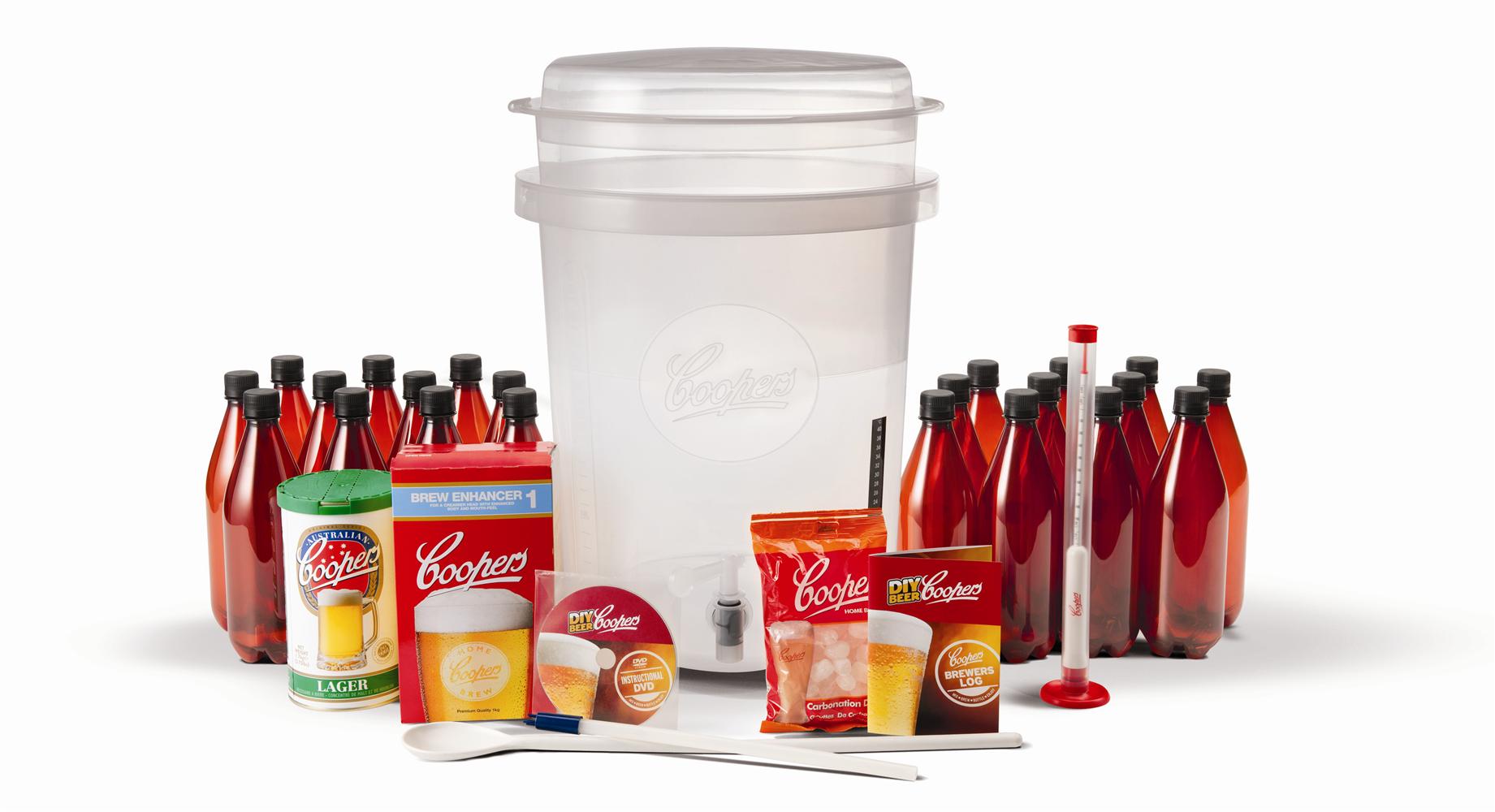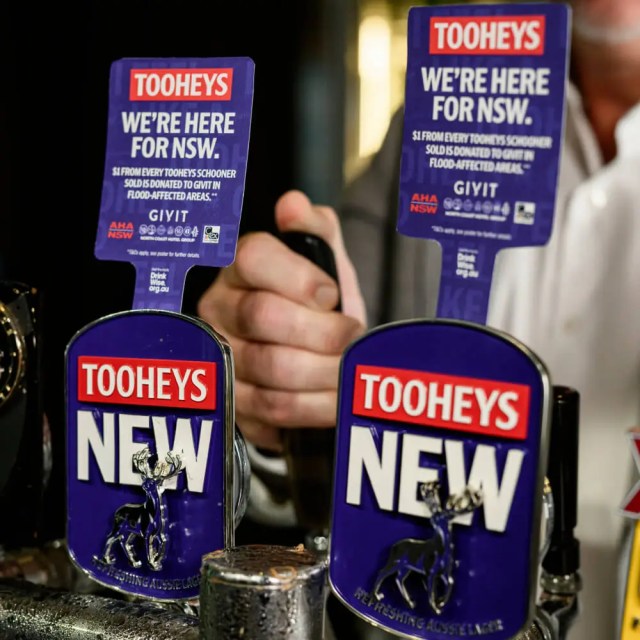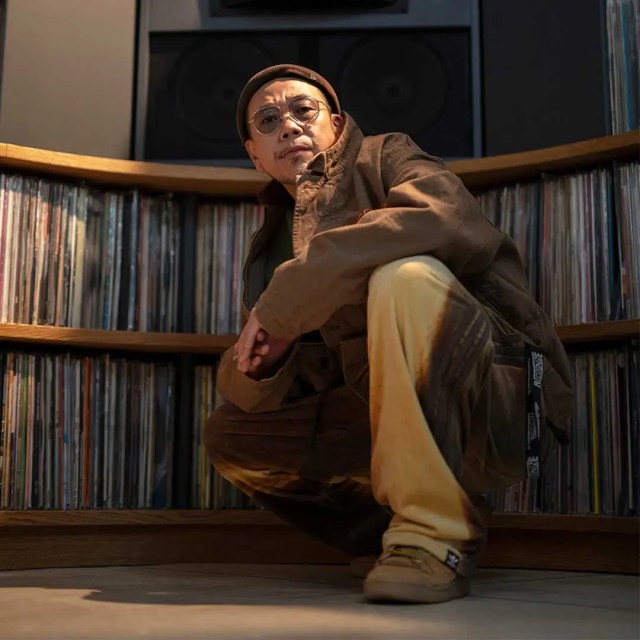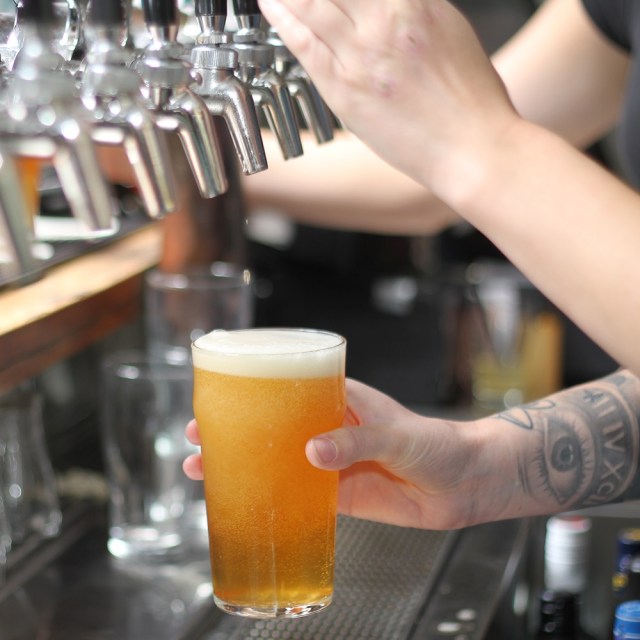Rauchbier – once a niche curiosity – is experiencing an unlikely resurgence among brewers and drinkers looking for authenticity, technique, and depth of flavour. At the heart of this revival stands Matthias Trum, sixth-generation brewmaster and owner of Schlenkerla in Bamberg, Germany.
Established in 1405, Schlenkerla is one of only two breweries worldwide still producing traditional Rauchbier using wood-fired kilns and house-smoked malt.
In a world of fleeting trends and fast-paced innovation, Trum is dedicated to preserving the centuries-old traditions of the brewery, which he describes as both a privilege and an obligation.
“It is rarely found that one can look back on such a long a continuous company and family history. It adds perspective, purpose and direction to what I am doing, and also confidence.
“I see what dedication my ancestors put into the brewery. I want to do at least as much as they did and preserve and develop everything in the best of ways, hopefully so that one day one of my kids can follow in the family footsteps,” he told Beer & Brewer.
“When one looks at the current turmoil in the world and gets weary, I look back at my predecessors who had to cope with the 30-year-war or the Black Death and still managed, and suddenly my problems seem quite manageable.”
Matthias Trum
Keeping centuries of brewing tradition alive
As the sixth-generation guardian of Schlenkerla, Trum protects the brewery’s legacy by upholding a full spectrum of traditions and rituals passed down by generations before him. First, and most important, is the traditional smoke malt production.
“We still run a kiln with an open fire heating oven underneath as we have done for centuries. Additionally, a so-to-speak ‘restoration project’ of mine in the past years was to move the germination process of the malt to the historic rock cellars underneath the brewery.
“Until 120 years ago those cellars in Bamberg were not only used for lagering beer, but also for germination of barley, which was kind of forgotten in the past century. We now have new germination facilities in the old location again, to my knowledge, the only ones in the world.
“Secondly, we run a traditional copper vessel brewhouse, built by my great-grandfather approximately 100 years ago, and most importantly we still boil the mash rather than just warm it up. This is a traditional technique called ‘decoction mash’ and results in a richer and fuller flavour of the beer,” Trum explains.
Schlenkerla continues to lager its Rauchbier in the historic rock cellars beneath the brewery, which are estimated to date back 600 years.
“Before the invention of artificial cooling, e.g. the ammonia ice machine, in the 1870s this was the common technique for keeping beer cold and to lager and mature it. This invention was done by the German engineer Carl von Linde, who was born close to Bamberg, and his research was financed by breweries,” Trum added.
Such traditions mean that innovation is not a viable path for Schlenkerla – but the refusal to compromise is exactly why the brewery has such enduring appeal.
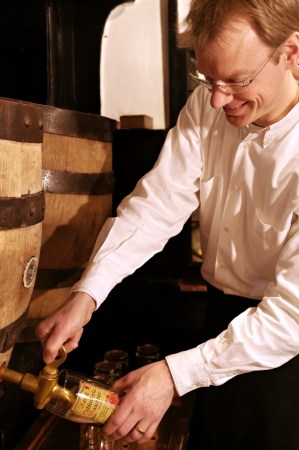
“Modern brewing science is not the only route for making a good brew. Our brewmaster ancestors, despite not having had microscopes, chemical analysis, etc, did very well know how to brew excellent beers, and they did so through great craftsmanship and by passing down knowledge over generations,” Trum stated.
“Innovation for me, and Schlenkerla, rather means rediscovery of what was lost. All the ‘new’ smokebeer styles I have introduced in my time at the helm of Schlenkerla had been forgotten over the centuries. The oak smoke malt Eiche double bock, the unfiltered Lentbeer, the refermented Kräusen style, the alder smoke malt Black Lager, the cherry smoke malt Red Lager and others.”
The resurgence of Rauchbier
Once an acquired taste, Rauchbier is finding new life among today’s brewers and beer drinkers. Trum attributes much of this success to the craft beer revolution. He believes that the diversity of beer available to the modern consumer can sometimes be fatiguing, pushing people back to more traditional styles of beer.
“I get the feeling that more and more beer lovers are somewhat overwhelmed by [the bigger selection of beer] and hence look for either classic flavours or unique beers with a true story behind them. Rauchbier in general, and Schlenkerla in particular, bring both those developments together and hence ‘hit the nerve’ of many beer lovers.
“For most brewers, the market has become more competitive in recent years. One classic business reaction to such a situation is diversification to reach more consumers. Rauchbier, as well as other historic beer styles like lambic are one option to achieve this.”
While Trum acknowledges that the craft beer revolution has done a lot to create awareness for different and historic beer styles, he worries that the increasing availability of industrially produced smoky malts could obscure the historical roots and craftsmanship behind traditional Rauchbier.
“The fact that nowadays modernly-made smoky malts can easily be purchased from many industrial malt producers runs the risk of clouding the historic background of the origins of this style. It would be a pity if that knowledge was lost and I will do my very best to prevent that,” he concluded.
If you’d like to learn more about the traditions of Schlenkerla and brewing Rauchbier, Matthias Trum will be the guest of honour at the International Brewers Collective Gala Dinner in Sydney on Thursday 29 May. In an insightful and passionate keynote, Trum will share stories of heritage brewing, historical beer styles, and the creation of Schlenkerla’s newest smoked lagers.
For more information, or to buy a ticket, visit ibcsydney.com.





